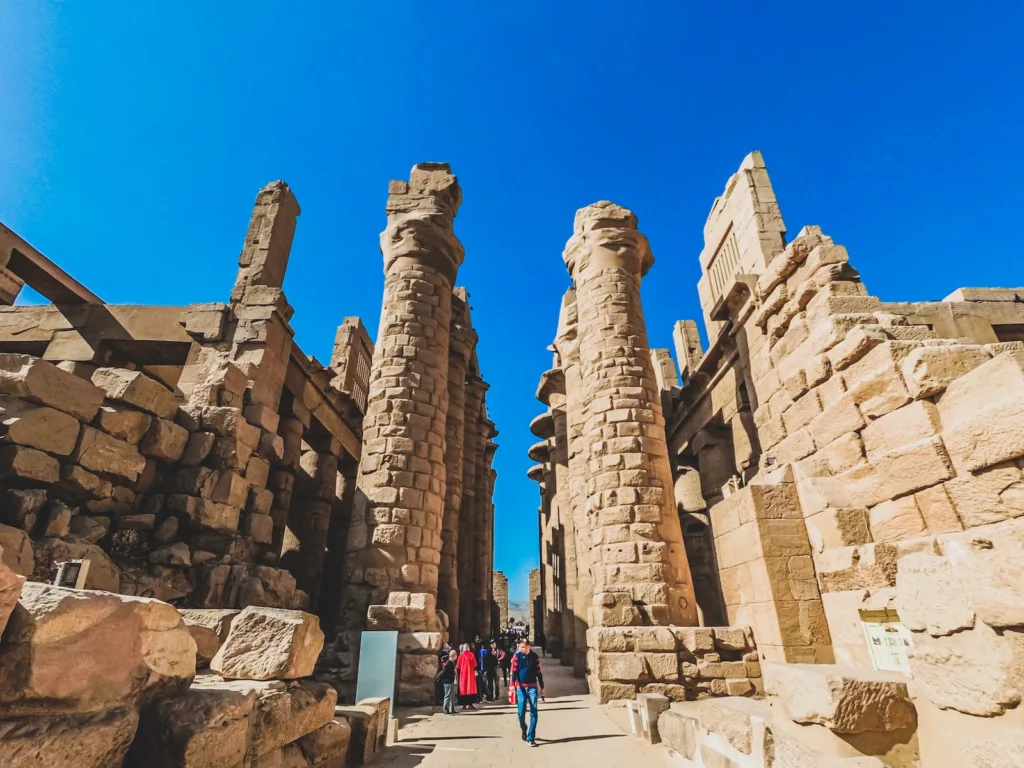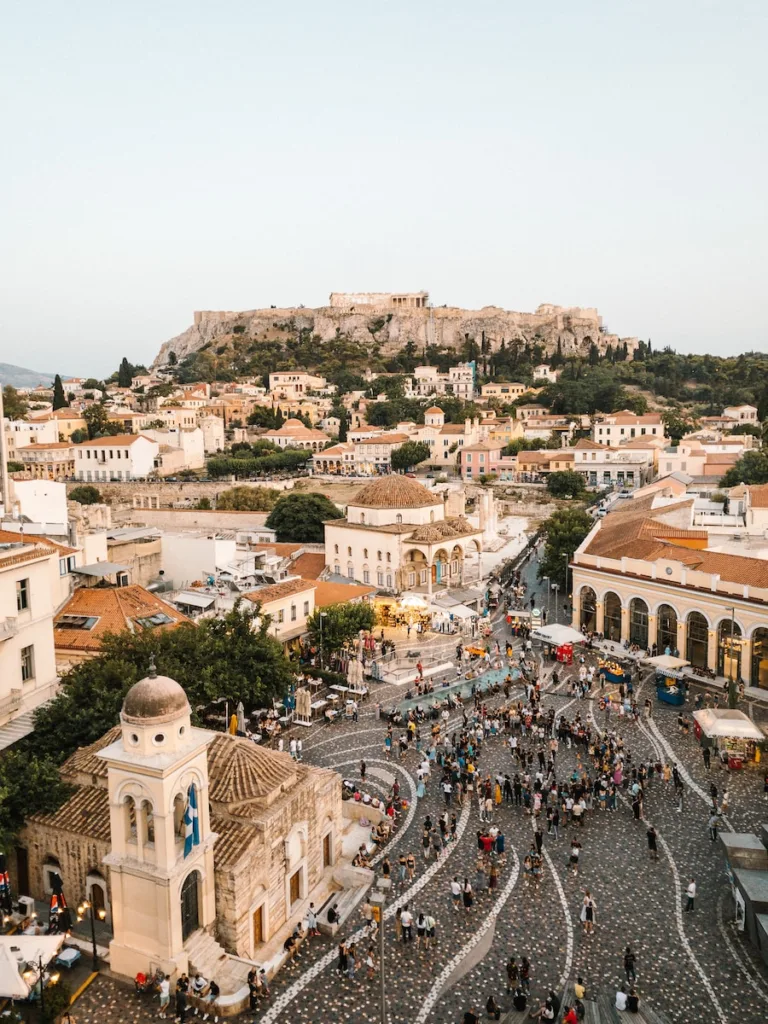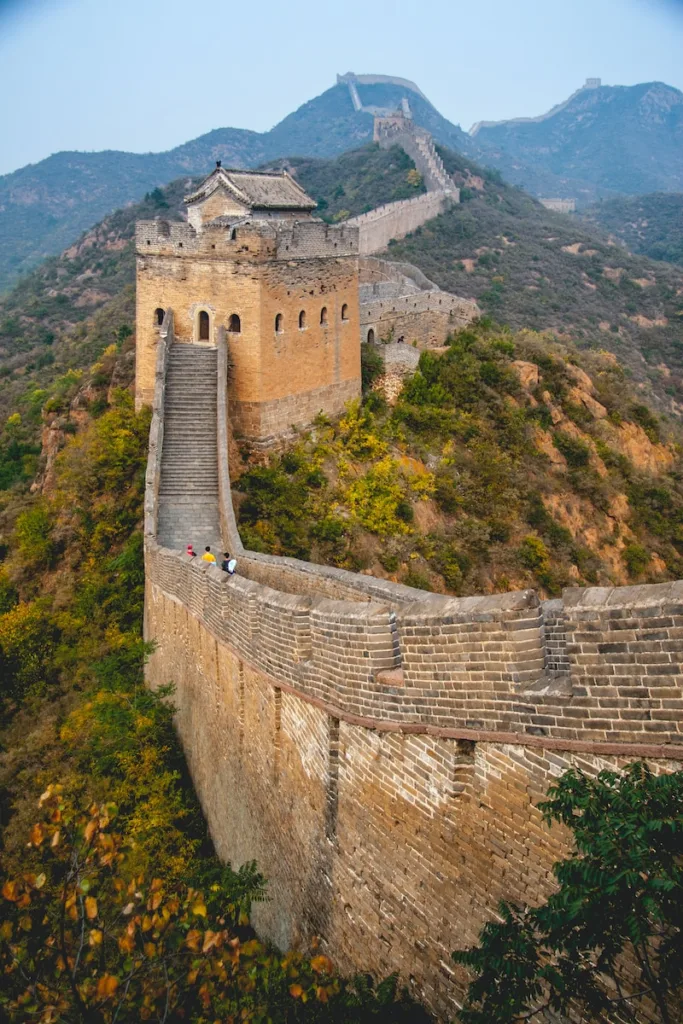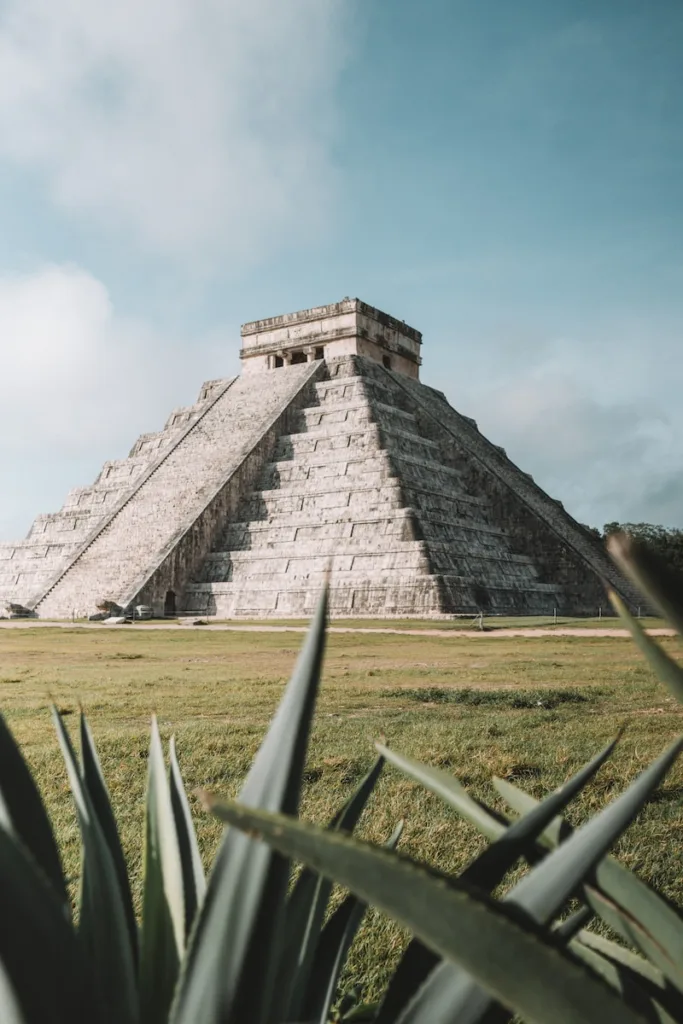Table of Contents
Introduction to Ancient Architectural Marvels
Throughout history, architectural marvels have stood as testaments to human ingenuity, reflecting the cultural, technological, and artistic prowess of civilizations across the ages. From the colossal pyramids of Egypt to the magnificent temples of Greece, each structure holds a captivating story that transcends time.
Egyptian Wonders: Pyramids and Temples



The Great Pyramid of Giza, an awe-inspiring monument, continues to baffle experts with its impeccable engineering and purpose. Alongside, temples like Karnak and Luxor exhibit architectural finesse and religious significance.
Greek and Roman Structures: Colosseum and Parthenon



The Colosseum stands as an enduring symbol of Roman engineering prowess, hosting gladiatorial spectacles and events. In contrast, the Parthenon, perched atop the Acropolis in Athens, remains an epitome of Greek architecture and cultural heritage.
Asian Marvels: Great Wall of China and Taj Mahal


Spanning across landscapes, the Great Wall of China stands as an exceptional feat of defensive architecture. Meanwhile, the Taj Mahal’s story of love and architectural splendor mesmerizes visitors from around the world.
Pre-Columbian Wonders: Machu Picchu and Chichen Itza
Machu Picchu, nestled amidst the Andes, raises questions about its purpose, serving as a testament to Incan craftsmanship. Chichen Itza’s Mayan pyramid showcases intricate designs and astronomical precision.


Medieval European Architectural Feats: Gothic Cathedrals
Gothic cathedrals like Notre Dame exemplify the innovative architectural techniques of the Middle Ages, representing a blend of faith and artistic expression.



Islamic Architecture: Alhambra and Hagia Sophia
The Alhambra’s intricate Islamic artistry and the historical evolution of Hagia Sophia from church to mosque showcase the diverse architectural influences across civilizations.


Renaissance Masterpieces: St. Peter’s Basilica and Florence Cathedral
St. Peter’s Basilica, with its grandeur and spiritual significance, and the engineering brilliance of Florence Cathedral’s dome, mark the zenith of Renaissance architecture.


Modern Architectural Wonders: The Heydar Aliyev Center and The Shanghai Tower
The Shanghai Tower – Standing tall in the heart of Shanghai’s Lujiazui financial district, this skyscraper is a testament to sustainable design and innovative engineering. Its twisting form and double-skin façade reduce wind loads and energy consumption, setting new standards for eco-friendly skyscrapers.The Heydar Aliyev Center – Designed by renowned architect Zaha Hadid, this cultural center in Baku, Azerbaijan, boasts a flowing, fluid architectural design devoid of sharp angles. Its distinctive, curvilinear structure represents a harmonious blend of art, architecture, and cultural significance.


Conclusion
The journey through ancient architectural marvels unravels a tapestry of human achievement, showcasing diverse civilizations’ enduring legacies in stone and mortar. These structures not only stand as testaments to human creativity but also serve as windows to our rich historical past.
FAQs
- Why were the pyramids built in Egypt?
- The pyramids were monumental tombs for pharaohs, symbolizing their eternal resting places and demonstrating their power and divinity.
- What makes the Taj Mahal unique?
- The Taj Mahal is renowned for its exquisite architectural beauty and was built as a mausoleum by Shah Jahan in memory of his beloved wife, Mumtaz Mahal.
- How were Gothic cathedrals constructed?
- Gothic cathedrals were built using innovative architectural techniques like flying buttresses and pointed arches to create taller, lighter, and more spacious interiors.
- What inspired the design of the Eiffel Tower?
- The Eiffel Tower’s design was inspired by the advancements of the Industrial Revolution and was meant to be a temporary structure for the 1889 World’s Fair in Paris.
- Who designed the Sydney Opera House?
- Danish architect Jørn Utzon designed the Sydney Opera House, a UNESCO World Heritage Site, renowned for its unique sail-like structure.
